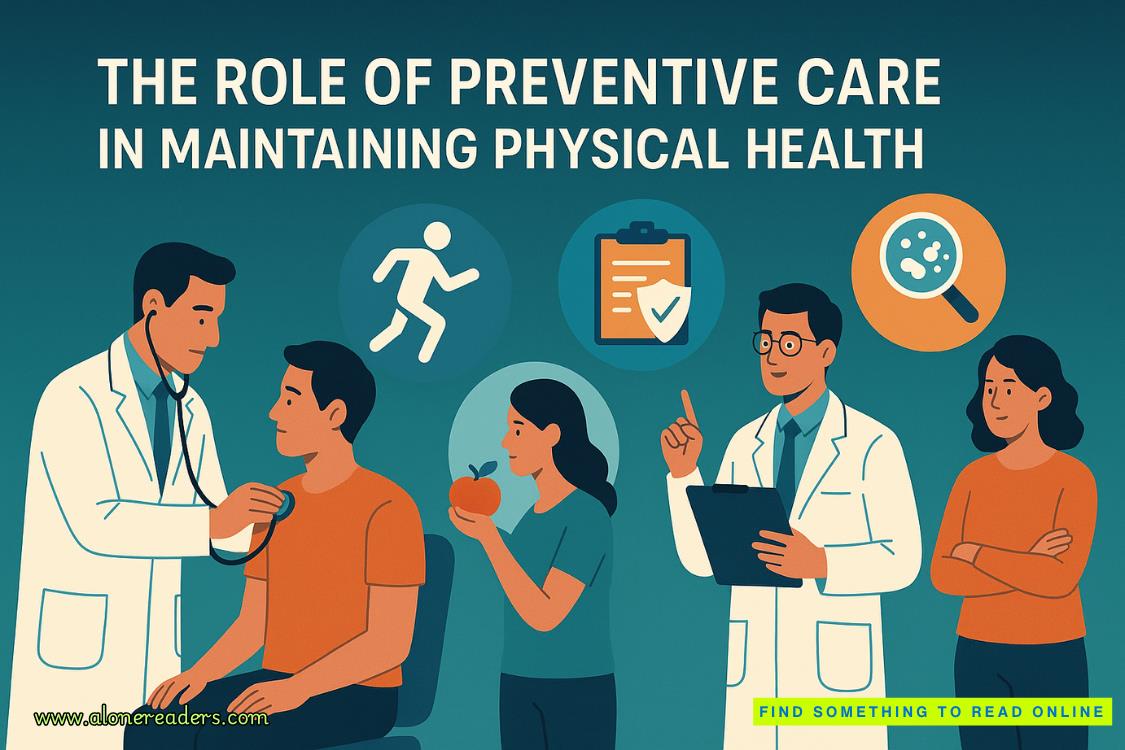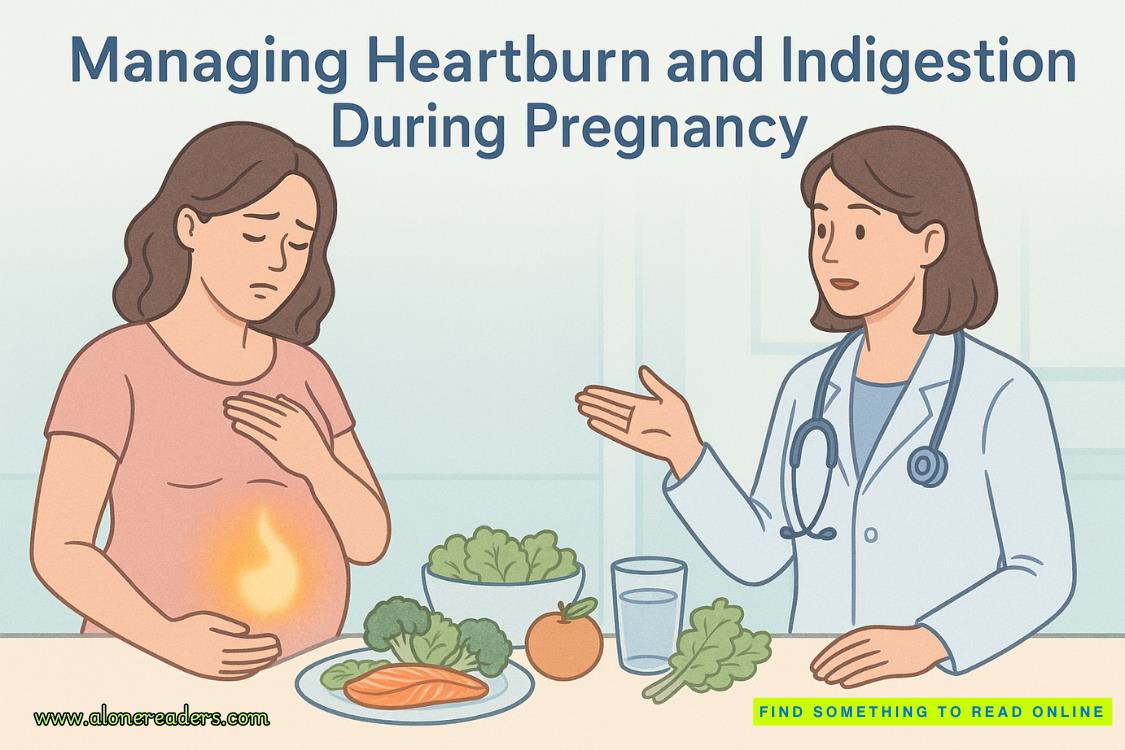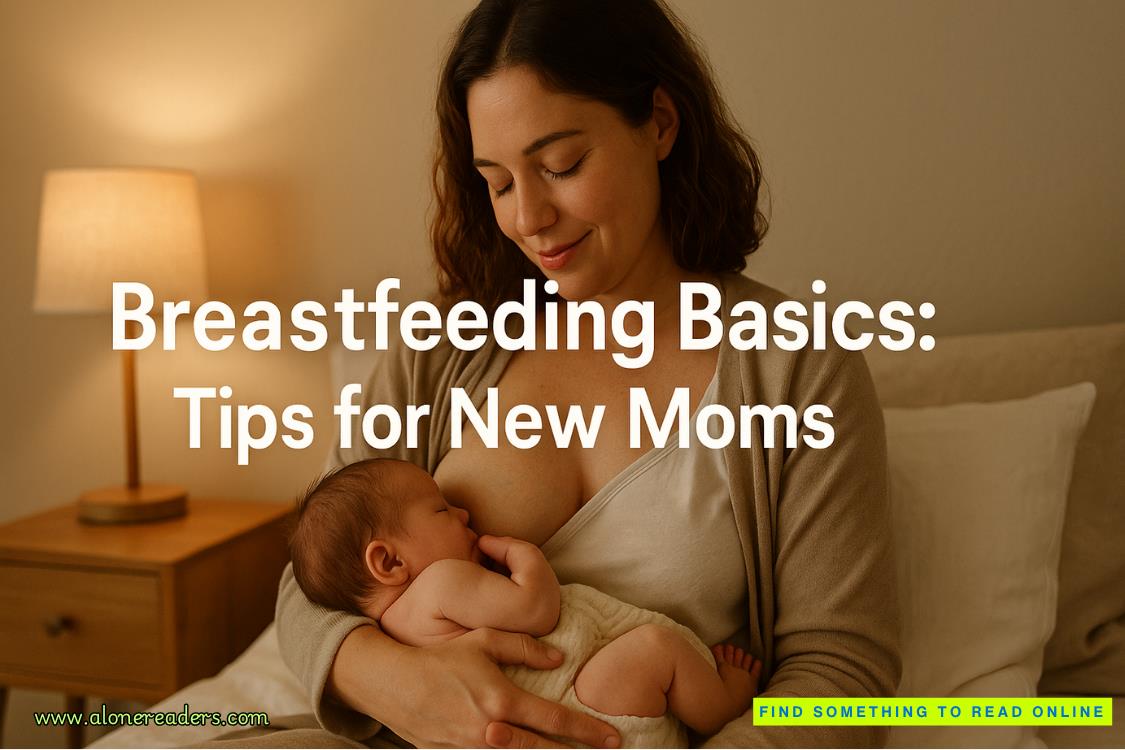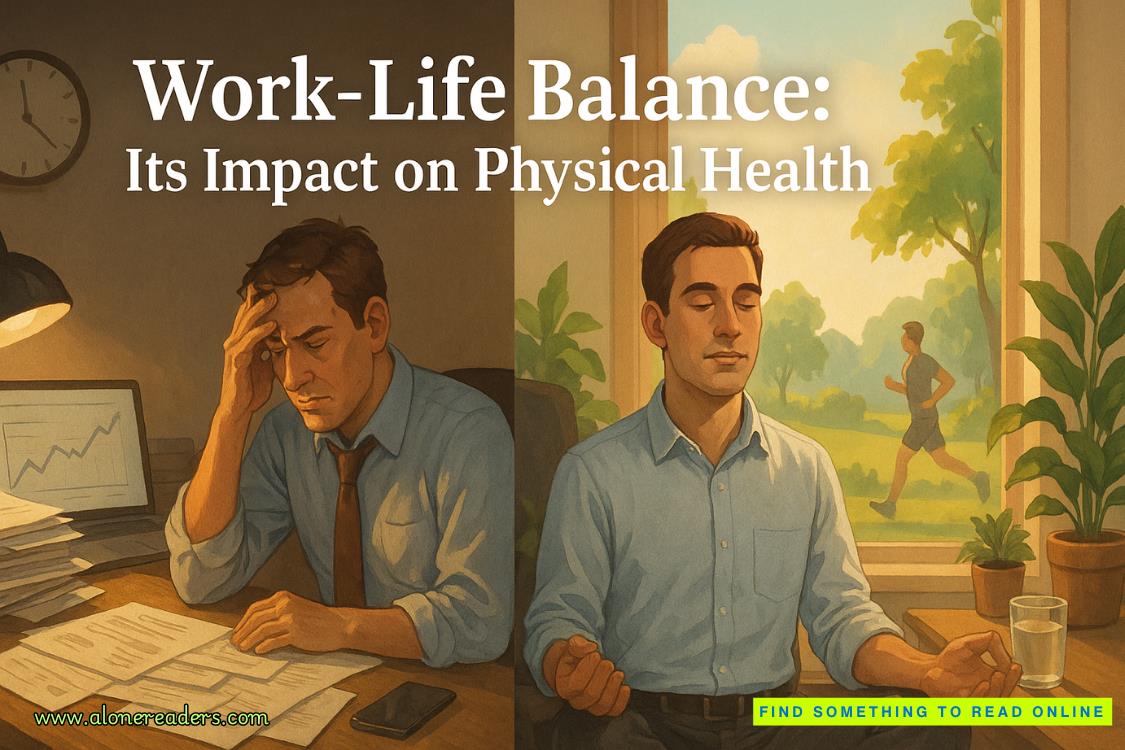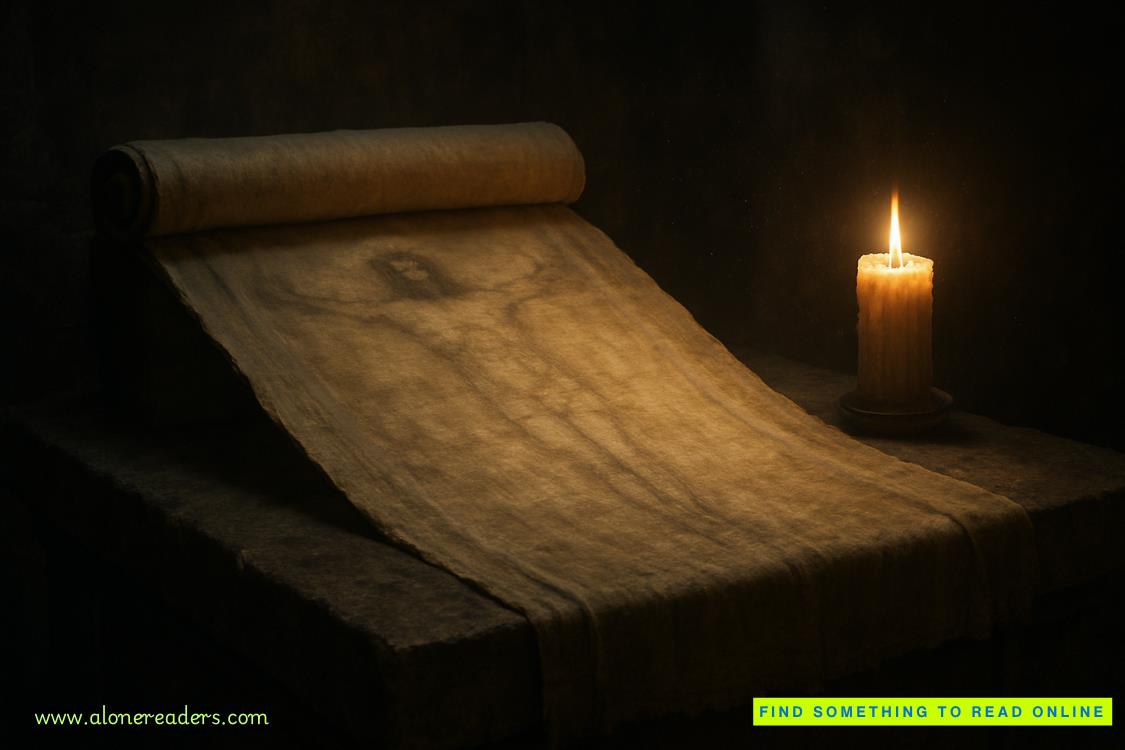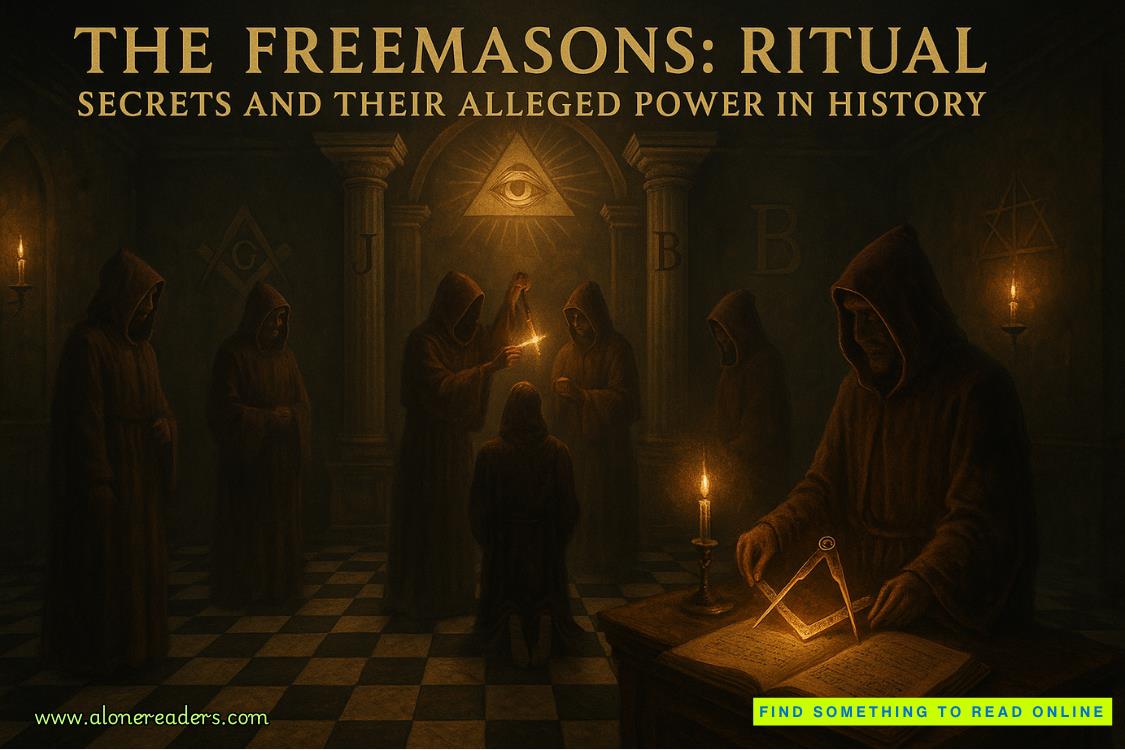Page 69 of Cast in Atonement
Can we just move a piece of furniture over the doorjamb? It’s what we did last time, Kaylin said to her partner.
We can, if you think that’s wiser. Severn didn’t trust the door, either.
Everyone except the Wevaran entered the foyer; Bakkon’s body was large enough that the door was a tight squeeze until he turned sideways. Kaylin had expected him to portal between the two living spaces. “I apologize for intruding. I wish to examine this space for my own reasons.”
“What might those reasons be?” It was Evanton who asked. Fair enough; the Wevaran—like the Barrani and the Dragon—seemed to hold the Keeper in high regard.
“When Azoria was alive—if that word can be applied to what she had become—the space felt very familiar to me.”
“Oh?”
“It felt like a breeding ground. A Wevaran crèche, if you will.”
Kaylin grimaced. A Wevaran crèche was a place where many, many small spiders hatched, their sole purpose to eat their brethren until only one remained.
“Do you believe Azoria found one, or do you believe she created it?”
“I am uncertain. I believe it must be created; our birth homes existed for one purpose only. I could not now return to mine; none of us could, once we emerged. We believed—without proper research, I confess—that our emergence destroyed the area.”
“Did all birthing grounds produce a Wevaran?” Kaylin asked.
Bakkon’s eyes swiveled in her direction—well, two of them.
“It is a worthy question,” Evanton said. “I would be pleased to hear your answer.”
“No. Perhaps one fifth failed to produce living Wevaran.”
“Did the spaces collapse? I assume they failed because the final Wevaran killed each other.” Kaylin’s tone was full-on Hawk.
“They did not vanish; they did not become unmade. We do not know whether or not all of the hatchlings died. We simply knew that they had failed to produce living kin.”
Kaylin’s frown deepened. “Did you have birthing grounds? Places you laid your...spaces?”
“Not in the sense that the Dragons did. Understand that we did not lay eggs. We created spaces in which the very young might be stirred to life. But those spaces might be, on the interior, very like this one.”
“What do you mean? Wait, do you remember the place you were born?”
“I do. I admit it did not resemble the Barrani architecture of these halls, but it was not a place of darkness; it was not restricted. We are not like humans; our young are not carried and ejected when they are viable. We find spaces, cracks between planes, and we lay our eggs there. We are not like human families; we are not like Barrani families. We do not number our descendants, nor do we prioritize them.
“If they emerge, we treat them as kin. If they do not, we do not grieve.”
Kaylin turned to Evanton. “Did you know this?”
Evanton frowned. “Was it relevant to my duties?”
“Probably not.”
“Have you finished?”
“I just have one more question.”
“Then ask it; Wevaran are notoriously patient with genuine questions, regardless of their practicality.”
Kaylin nodded. “When you lay these eggs, do you lay them in the outlands? Is that the crack between planes you mentioned?”
Bakkon chittered in Wevaran, which no one present could understand, but it continued for a couple of minutes before he stopped. When he spoke again, it was in Barrani. “I am not familiar with the word outlands as you use it, but I believe I understand the question.
“You are speaking of the potentiality from which the Towers, the Academia, the Hallionne, and all sentient buildings draw their reality and assert it?”
